If you’re up-to-date on the latest payment processing trends, you know that convenience is all the rage these days. From digital wallets to contactless payment methods, accepting credit and debit card transactions has never been easier.
Unfortunately, convenience comes at a cost — and for you, that means merchant fees. Depending on the size of your business, you could be spending tens of thousands of dollars each year on processing card payments. Luckily, passing these fees on to your customers is one way to boost your bottom line.
But wait — is that legal? And if so, how does it work?
In this guide, we’ll walk you through the world of payment processing and everything you need to know about passing on credit card fees to customers. From why it’s worth considering to the legal implications, you’ll learn all there is to know about surcharges, cash discounts and more.

Get the guide to passing on credit card fees to customers
- Use dual pricing programs like EDGE to save 100% on transaction fees
- Navigate card brand rules and state regulations with ease
- Launch smoothly with clear signage and simple tech
The pros and cons of passing on credit card fees to customers
Whenever a customer completes a transaction using a debit or credit card, their card network charges you a “swipe fee” for their services. You also pay an additional fee to your payment processor for handling the transaction.
Here’s a quick review of the three main types of card processing fees:
- Interchange fee: The credit card company, like American Express or Visa, charges a small percentage of each transaction in exchange for processing the payment. The exact rate varies based on card brand, transaction type and a few other factors.
- Assessment fee: The customer’s credit card network may also charge an extra fee to cover their respective operating expenses.
- Processing fee: Companies charge for their services by tacking on an additional fee for facilitating card payments.
Ultimately, card fees fluctuate depending on which credit card company your customer uses. The Discover card network may charge you one rate, whereas American Express bills you another. That’s why many merchants are selective about which companies they accept.
Regardless of card brand, the average credit card processing fee ranges between 1.5% and 3.5% of the transaction. So, if your customer buys $100 worth of goods, you’d pay around $3.50 in card processing fees.
$3.50 may not sound like a lot on the surface but remember: That’s just a single transaction. Depending on your sales volume, you could pay hundreds or even thousands of dollars in card fees every month. Plus, that doesn’t include the additional fee you might pay merchant service providers for equipment, payment gateways or rentals.
The good news? There’s a way to mitigate these extra costs. Passing card fees on to your customers can effectively put those dollars back into your business.
Pros of passing on credit card fees to customers
If you’re worried about merchant fees undercutting your profitability, passing them down to your customers might be worthwhile. Consider the advantages:
- Cost offsetting: Transferring your fees to customers means you can avoid the financial burden associated with accepting transactions, saving you big bucks in the process. Plus, recouping expenses can help you invest more money into your business, stimulating long-term growth and sustainability.
- Flexibility: This approach gives you the freedom to offer more payment variety without undercutting profits. Rather than limit your customers to certain transaction types, you allow them to pay their way.
- Revenue predictability: Passing on credit card fees mitigates the variable costs associated with different card networks. The result? You’ll have an easier time forecasting revenue, helping you plan your finances accordingly.
Cons of passing on credit card fees to customers
Of course, there’s no one-size-fits-all approach to payment processing. It’s best to keep a few downsides in mind before making your decision:
- Legality: Passing on fees isn’t legal everywhere. In the United States, there are strict laws about where and how you can do so. Navigating these regulations can be difficult, which is especially troubling given how expensive noncompliance fines can be.
- Angry customers: Tacking an additional fee onto your goods and services may frustrate consumers — or worse, drive them away. A recent survey reports that 71% of small business customers avoid merchants that charge a fee to pay with a credit or debit card.
- Complexity: Aside from legal regulations, rules also vary depending on the credit card company. It’s difficult to know when certain rules do or don’t apply to each transaction.
4 ways to offset credit card processing fees
Generally, merchants use four distinct methods to pass on fees or reduce fees:
- Credit card surcharging
- Cash discounting
- Credit card minimums
- Convenience fees
Let’s explore each one individually, including how they work and whether they’re right for your business:
Surcharging
A credit card surcharge is an extra fee added to transactions that use a credit card. Usually, it’s a small percentage of the total.
Although Visa, MasterCard, Discover and American Express allow credit card surcharging, each network has different rules you need to follow. Violating their stipulations could breach your contract, exposing you to fines and legal liabilities.
Keep in mind that laws and regulations vary by location. For example, the compliance landscape is fairly complicated in the United States. For example, the following states and one jurisdiction outlaw credit card surcharges entirely:
- Connecticut
- Massachusetts
- Puerto Rico
The laws regarding surcharging vary in different jurisdictions. While in some states surcharging is legal others have laws that are more nuanced and require added consideration. Always check your state’s specific regulations to ensure you’re following the law correctly. Overall, here are a few common rules:
- All credit card surcharges must be printed on receipts.
- The surcharge cannot exceed the cost charged by the credit card processor. Currently, the cap on these fees is 4%.
- Merchants are prohibited from assessing surcharges on debit card transactions.
- Surcharges must be made clear before the sale.
Despite these considerations, credit card surcharging is a popular way of offsetting the cost of processing fees.
Cash discounting
Simply put, a cash discount is a small markdown you offer customers who pay with cash instead of a card. You don’t necessarily add an extra fee to credit card purchases, but you do incentivize cash payments by making them a little less expensive.
Cash discounting programs are legal in all 50 states, which means they’re not as big of a compliance risk as surcharging. That said, you should always check state laws as they can change over time. Always post clear signage informing customers of the discount to ensure transparency.
Additionally, card network rules still apply; each company has established guidelines for implementing cash discounts to avoid violating their terms of service.
Credit card minimums
Some merchants enforce a minimum transaction amount for credit card payments. In other words, if a customer’s purchase doesn’t exceed the minimum, they can’t pay with a credit card. Effectively, this encourages the consumer to use an alternative, like cash or debit.
As always, check local laws and regulations before putting this method into action. Some card networks have rules about the minimum amount you can set. Of course, notify your customers in advance with proper signage or by communicating during the checkout process.
Convenience fees
A convenience fee is a small charge added to transactions that happen on certain alternative channels. Not to be confused with a credit card surcharge, this method only applies to specific types of transactions.
For example, card networks won’t allow you to add a convenience fee to credit card transactions made at the register. But, if a customer calls in and pays over the phone, you may add a slight markup to their payment.
Check your state laws before implementing this method. Some states like Georgia or Florida allow convenience fees but restrict them in various ways.
Best practices for passing on fees
Don’t put the cart before the horse when it comes to surcharges and cash discount programs. Whatever method you choose, it’s essential to keep a few best practices in mind:
- Be transparent: Honesty is the best policy — and in most cases, it’s the law. Post signage throughout your brick-and-mortar location and verbally inform your customers before they complete their purchase. That way, they’re not surprised when the total is larger than they expected.
- Give customers a choice: Make life easier for your consumers by giving them options. Some may happily pay with a credit card despite the upcharge, while others prefer to pay with cash. Either way, allow them to make their own decision.
- Follow laws and regulations: Seek legal counsel if you’re unsure about your state’s specific rules to avoid costly fines and liabilities. Moreover, always communicate with credit card companies before implementing any programs. If you violate your contract, you may wind up with a lawsuit on your hands.
- Talk to a Payment Expert: Payment processing can be confusing. Worse yet, one wrong move could mean trouble for your business. At Sekure Payment Experts, our Payment Experts are here to identify the best path forward for your specific needs. Whether you’re considering a cash discount or convenience program, we’ll help you lower processing fees and simplify the effort from start to finish.
Sekure cost savings today
Partnering with Sekure means gaining access to your very own Payment Expert. Not only will they analyze your statements and find you the lowest possible rates, but they’ll also help you avoid hidden costs and unexpected charges.
Plus, with Sekure’s Edge program, you can reap the benefits of passing on fees to customers without worrying about legal or industry standards. Rather than a surcharge or cash discounting program, Edge applies a price increase at the item level — not on every transaction, but only those involving credit cards.
As a fully automated and transparent solution, Edge offers everything you need to simplify fee optimization and compliance.
Ready to get started? Talk to a Payment Expert today.
Categories

